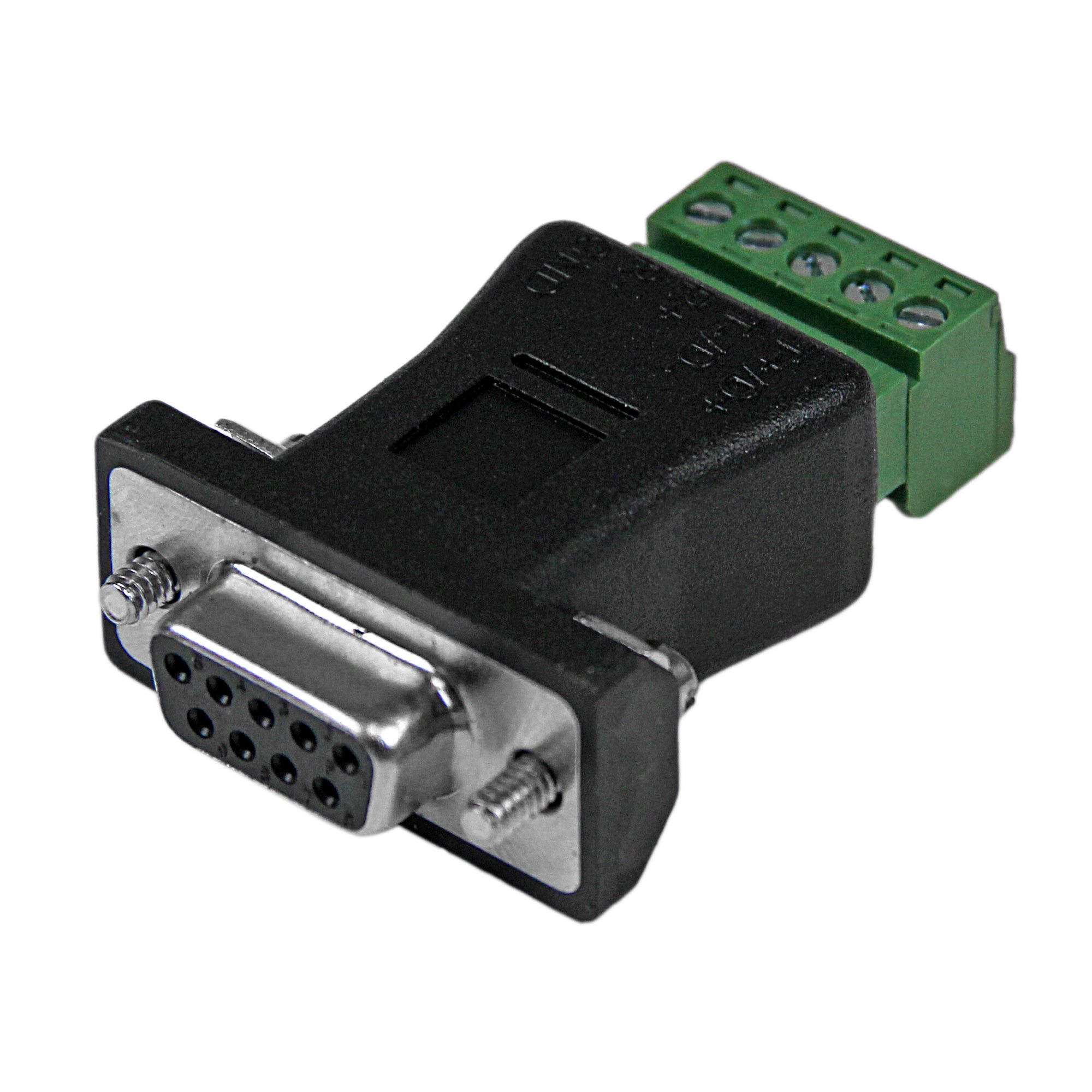10 Incredible RS485 Standard Transformations
페이지 정보
24-05-21 12:02본문
이메일 :연락처 :
The IC has to dissipate a lot of heat, so thermal vias connecting to large copper areas are a must. The solenoids I have are plenty hardy enough to handle 200 mA continuously so this is a perfectly reasonable setting. I chose the BUK9Y40-55B, but there are lots of MOSFETs that'll work here - they need to be have more than 24 V of drain-source voltage (VDS), and more than 1 A of drain current (ID) with gate voltage (VGS) of 5 V. The BUK9Y40-55B has a VDS of 55 V and an ID of 26 A at 5 V VGS - more than enough! When monitoring solar energy there are two things you need to know; how much energy is being generated, and how much energy is being put back into the grid. The driver's output must be limited to 250mA peak output current, but may be limited to much less. It does not mean that this protocol is part of the standards or that only this protocol may be used with the 232/422/485 standards. This "third wire" is not officially part of the standard and is discussed further in the grounds and grounding section. Grounding of the RS-485 hardware is another contentious issue.
With 2 pairs of wires -- a dedicated "transmit" pair and a dedicated "receive" pair (similar to some Ethernet hardware), software can't tell the difference between RS-485 and RS-232. You can view the hardware design files for Starfish on GitHub if you'd like to take a closer look at anything. The vacuum sensors I'm using for Starfish are the CFSensor XGZP6857D I2C gage pressure sensors, the same ones used on the latest revision of the Lumen motherboard. However, I wasn't going to get away that easily- Starfish needs two sensors and the XGZP6857D unfortunately has a fixed I2C address so they can't share the same I2C bus. There are two other devices in this figure (receiver and transciever) that are connected to the transmission line the same way. Since all the TMC2209s share the same UART bus, this is used to give each one a unique address so they can be individually addressed.

These resistors are quite large, so this is one of the trickier parts of fitting everything together. The driver's ENABLE signal is driven by one of the RP2040's GPIO pins. The bypass capacitors for VCP, 5VOUT, RS485 standard and VCCIO all need to be close to their respective pins. The bypass caps are close to their respective power pins and the ESD diodes are snuggled up next to the connectors. C1402, C1403, and C1404 are bypass capacitors for the various voltage supplies used by the driver. C1202 is a bypass capacitor. The termination also includes pull up and pull down resistors to establish fail-safe bias for each data wire for the case when the lines are not being driven by any device. These examples are for bias resistors that just barely meet the 0.2V differential voltage. I am not an expert and I'm sure that there are things that could be done much better on this design, so feedback is welcome!
This lowers the overall power demands of the system and extends the life of the solenoids by running them much cooler. You can turn the solenoid on with a brief high-current pulse (Ipeak) and then drop to a much lower current to hold the solenoid open (Ihold). If you're interested in an open source pick and place, definitely check out the Lumen project. Common SDK allows an extension of the programmable logic controller, and the whole is based on open standards (Linux, Modbus). The driver must not exceed 10V differential, or 6V common mode (outputs relative to circuit common). The Lumen's upcoming powered feeders will communicate using RS-485, a multidrop serial bus common in industrial applications. The RP2040's UART can be used for RS-485, but an external transciever is needed to create the differential signalling needed. The only thing of note here is the ESD diodes on each data line (D401, D403)- a good practice for external connectors. The function of data logger (Log) - archiving of data downloaded with the ability to make them available in the form of a file, database or transfer data to external systems (eg SCADA). CAS DataLoggers together with high-quality manufacturer Brainchild has the solution with the VR-18 Paperless Chart Recorder, a high resolution (true VGA, 640x480 pixels) 18-channel data logger featuring an infrared detector, plug & play I/O card, high flexibility, and user-friendly operation, all in a compact size.
- 이전글Situs Bokep 24.05.21
- 다음글Expert iPhone Screen Repair and Water Damage Restoration at Gadget Kings PRS 24.05.21
댓글목록
등록된 댓글이 없습니다.